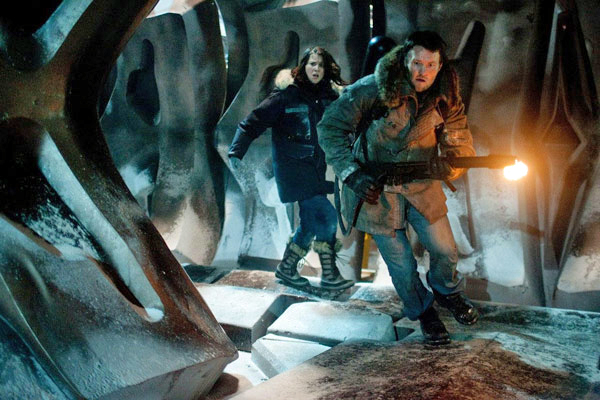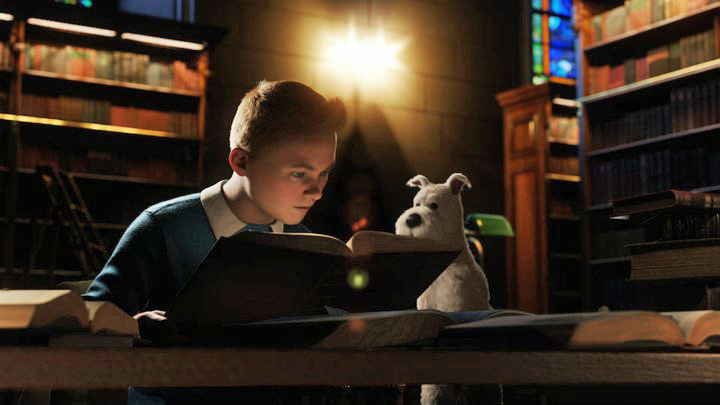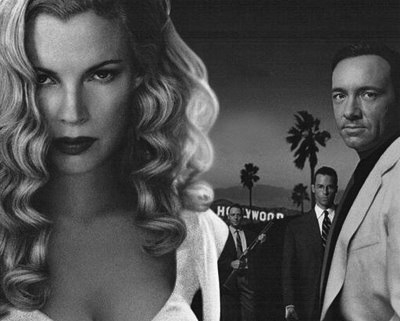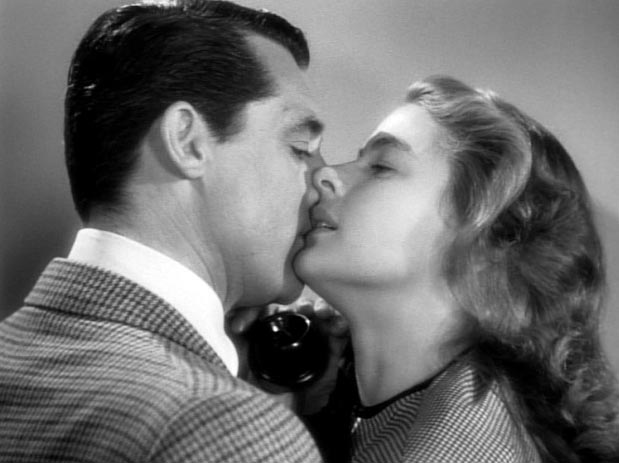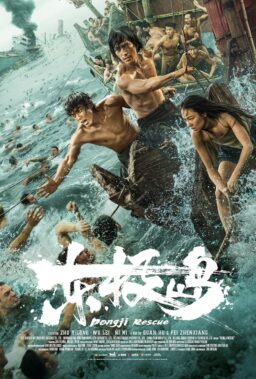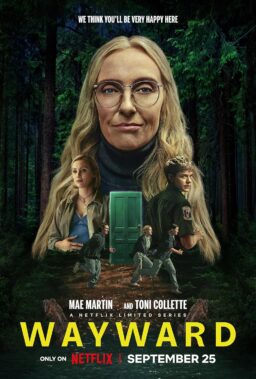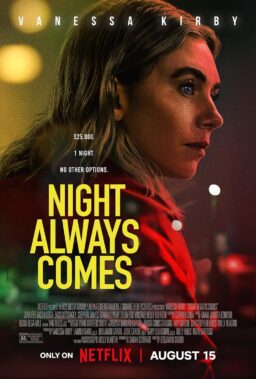Q. In the new “Planet of the Apes” movie, where did the horses come from? In the original, the ending tells us where the horses came from. By changing the “origin” of the Planet of the Apes in this version, they made the speaking of English by the apes reasonable but the presence of horses impossible. (Cort Jensen, Missoula MT)
A. Since only the apes are assumed to have landed on the planet from another world, the horses, along with all the other flora and fauna, obviously evolved there on their own.
Q. I think you misunderstood Chris Tucker’s racial tirade in the casino, in “Rush Hour 2.” He was being obnoxious on purpose (and doing an excellent job, I agree) to distract everyone from Jackie Chan’s attempt to get inside the room that had the counterfeit plates. Perhaps you were so put-off you failed to notice. (Ginny Shook, Palm Desert, CA)
A. In a movie like “Rush Hour 2,” the plot points are not–well, the point. A scene like Tucker’s tirade is not necessary. There were countless other ways to distract attention, and some of them might have been funny, while his was not. Tucker could have invented some sort of odd, eccentric or peculiar behavior that did not involve accusing an innocent person of racism. It left a bad feeling in the room. I think whole riff (black guy goes ballistic with allegedly funny charges of racism) is getting stale. Chris Rock does more or less the same thing in “Jay And Silent Bob.” It’s time to move on.
Q. I attended “The Princess Diaries” last Saturday, and both myself and my companion absolutely loved this movie (and we are both grown men in our 30s). I can’t begin to tell you how surprised and disappointed I was to see you give the movie 1 1/2 stars. I will admit that “The Princess Diaries” was not a classic, but it was absolutely sweet and charming, and it was so wonderful to see Julie Andrews on the big screen again in a major role, which I thought she played extremely well. The audience I was with seemed to love the film too, even applauding at the end (which is very rare), especially the little girl in front of me that hugged her mother when Anne Hathaway‘s character decided that she would accept the throne. Any movie that can make a little girl hug her mother can’t be all bad. I think “sweet” and “charming” are very underrated qualities for a movie to have, and in a year that has seen us subjected to “Freddy Got Fingered” and “Scary Movie 2,” “sweet” and “charming” are two adjectives that are welcome to see describing a film. I wish you would please reassess your view of this film. (Gordon Parkhurst,
Liverpool, NY)
A. Sweet it is, charming it was not (to me). Perhaps I should have mentioned in the review (as I did in my “Dr. Dolittle 2” review) that smaller children were likely to enjoy it. Julie Andrews, who has done some great movie work, including the barbed comedies her husband, Blake Edwards, seemed to play her role as an exercise in good manners. Didn’t you think Anne Hathaway looked a little older than 15?
Q. I hear talk of “ratio” and “format” all the time when people discuss releases on DVD. I am totally confused. Can you explain what “original aspect ratio” and all the other terms mean? (Pete Pfister,
Chicago, IL)
A. All movies prior to 1954 were shot in the ratio of 1 to 1.33 (or three to four). Since then, most have been in varying widescreen ratios. True movie lovers insist on seeing each movie in the ratio it was originally shot in. In the case of widescreen movies, that means they must be “letterboxed” with black at the top and bottom of a TV screen, to allow you to see the full width. When a video says a widescreen movie has been “formatted to fit your screen,” that is a misleading way of saying the sides have been cropped off to leave a 1-1.33 (or TV-shaped) image. Many DVDs have both versions, one on each side. That lets you make the decision.
Q. I was confused by your phrase, “especially the big-budget B pictures,” since I was under the impression that B pictures are, or were, low-budget. (Maria Carmicino, New York, N.Y.)
A. Hollywood is now making B-picture ideas and plots with A-picture budgets. Just because a movie costs $80 million doesn’t mean it isn’t a B picture at heart. Recent big-budget B pictures have included “The Mummy Returns,” “Pearl Harbor,” “Lara Croft: Tomb Raider,” “Jurassic Park 3” and “Rush Hour 2.”
Q. In the full page ad for the reissue of “Apocalypse Now /Redux,” opening August 10th in many cities, in really tiny tiny type, almost unreadable, is the credit: “Technicolor dye transfer prints”. As far as I know, this is the first time the (correct) phrase “dye transfer” has been used in any advertisement of this type. So Technicolor is officially back. But you have to really squint to see the credit. All of the prints of the “Redux” version are indeed dye transfer, which is essentially a reworking of the old “3-strip” Technicolor. Instead of the chemical development of colors, color dyes are transferred to the film directly, resulting in the stunning “Technicolor” look of the 40’s and 50’s: Lush, gorgeous, bright, sharp, and vivid, with deep, rich true blacks. (Jeff Joseph, Los Angeles)
A. And the film looks astonishingly good. What saddens me is that the movie industry is so shy of great-looking technology like dye transfer, 70mm and the MaxiVision48 system, and so eager to throw out film altogether and embrace inferior digital projection. People who talk about how good digital looks are like the guy who has to say he likes his new car, because he bought it.

